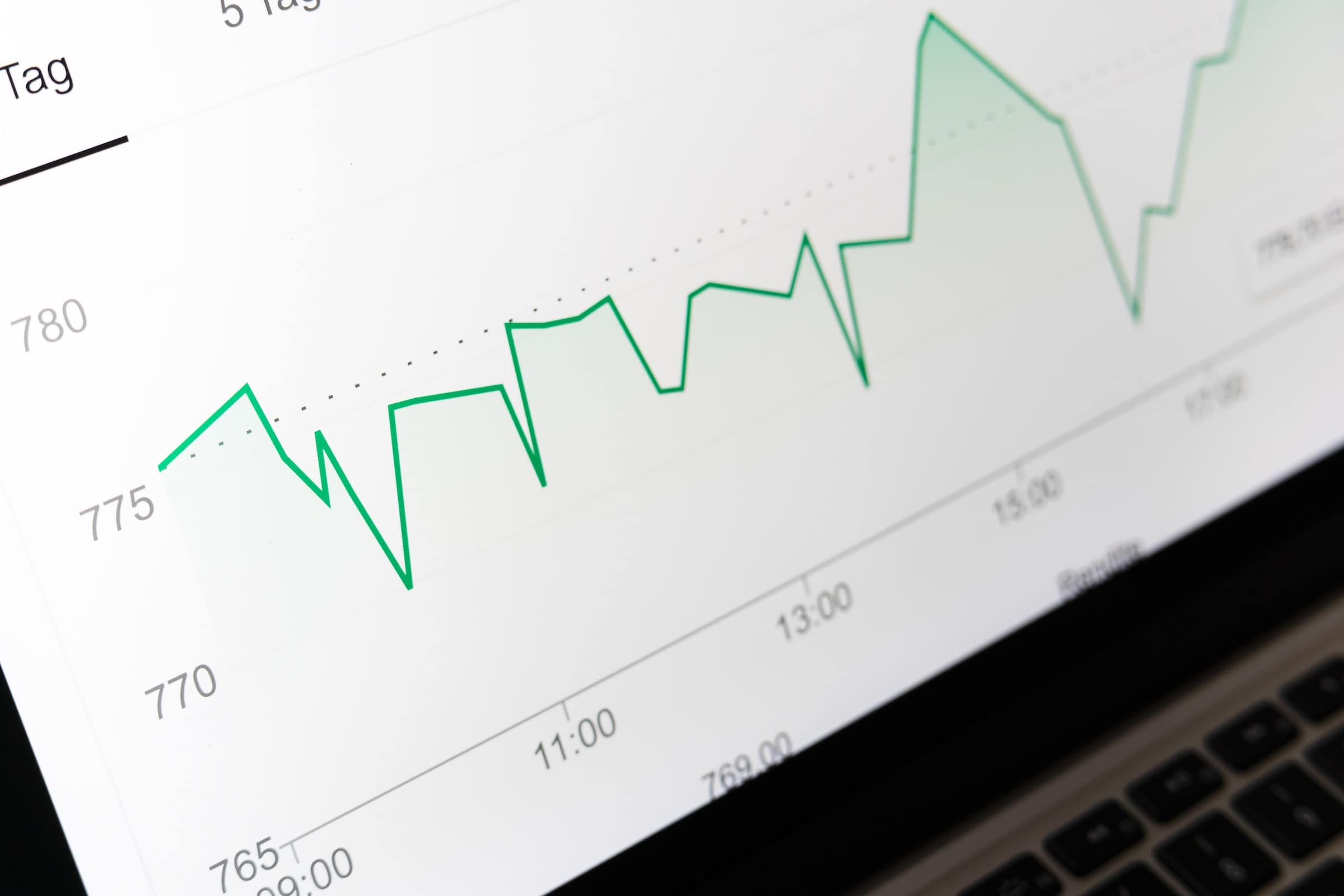Having the right sales dashboards can be a key to success in your company. You never know when your departments will agree on the right sales approach, so it’s best to make an executive decision and put something up straight away that everyone can work from.
There are many ways that you can approach your sales goals. We will break down the various aspects of sales into types and provide parameters on what could be winning dashboards for you and your team.

How can you put all your information together effectively?
Trying to analyze the results you receive in these dashboards can seem like an overwhelming task, for sure. One tool that you can use to help you is Revenue Grid’s Salesforce Einstein. Salesforce Einstein is a cloud-based analytical tool that helps teams better understand, analyze, and make predictions from the data that they receive. Einstein analytics can pull together data from diverse sources, including ERPs, data warehouses, and log files, compiling everything together to provide a complete picture of your sales numbers.
Another great tool to sync your data with your calendar is a Outlook to Salesforce Plugin. This will allow you to stay on track and keep your dashboard goals in front of you at all times.
So, what are some of the best sales dashboards? Let’s review five of the top models that will help take your sales to the next level.
1. A marketing-aligned sales conversion dashboard
One approach is to create a marketing-aligned sales conversion dashboard. If you have differences among your team in terms of marketing goals versus sales goals and which should be the priority, this model will provide a great compromise solution.
Some of the metrics you can include for this type of dashboard include the following:
- Sales numbers by campaign, rather than time period per se
- Landing pages as benchmarks and how they compare to one another
- Leads generated by different sources, including marketing channels
- Customer churn rate, or how often customers are lost over a given period
Having this type of a dashboard is a good way to include different departments’ priorities together and focus on common goals.
2. A dashboard that measures sales performance
You can also create a dashboard specifically for sales goals, of course. Looking straight to the top of your goals can have a mobilizing effect on the whole team. Some of the metrics you could include in a sales dashboard include the following:
- How many new customers you’ve made in a given period
- How many leads you’ve converted in a given period
- Specific sales targets and what you need to do to reach them
- Revenue goals over specified periods
- Projections of customer lifetime value, indicating why it is important to maintain focus on particular customers
Sales projections can focus teams whose usual channels take them in different directions. Sales encompasses many different platforms, goals, and metrics, but combining them all in a common dashboard that includes different roles together in the same place is a good way to keep everyone focused on particular goals.
3. A dashboard that measures sales cycle length
Another important thing to keep in mind is the length of your sales cycles. Pulling in $100,000 can be great, but if that’s all you make over the entire course of your company’s operations, you need to reconsider your sales cycles. Some of the metrics you can include in a sales cycle dashboard include:
- The length of a typical sales cycle
- Lead conversion rates. In other words, how long does it take to convert initial leads into customers?
- The stages that go into your average sales cycles. How many are there? Are all the stages necessary? Are they of the right length?
Putting these parameters up front will enable your team to think more carefully about how long it takes them to reach sales goals. If the sales cycle is longer than it should be, then perhaps you should rethink your strategy and focus more on short-term goals.
4. Sales opportunity dashboards
Another way to look at your sales prospects is through the lens of individual opportunities. This approach allows you to focus on individual prospects and carefully assess how much progress is being made towards a particular conversion.
The following are some of the metrics you might use in such a dashboard:
- The number of sales opportunities generated within a given time period
- The number of units involved in an average transaction
- The purchase value of the units involved
- The number of sales opportunities within a given location
- The number of sales opportunities within a given geographical area
- Your “lead-to-opportunity ratio” or, how many leads turned into distinct opportunities for your sales team?
One advantage of creating this kind of dashboard is that it allows you to see how your various sales representatives are faring in comparison to one another. Perhaps just as importantly, it allows them to see where they stand. If one or more sales representatives is obviously falling behind, this type of model provides a clear picture of why they need to get on top of things.

5. KPI dashboards
You can also have a dashboard that focuses on individual KPIs. This will allow you to focus on KPI-related metrics:
- The number of opportunities that have arisen
- The number of follow-up attempts that have been made by different staff members
- The average lead response time. Do they respond in a timely manner? If so, what should you do to speed this up?
If you feel like particular goals are not being met in the sales cycle, this can be an excellent way to draw attention to them and help your team see where efforts are lacking.
Conclusion
Having the right sales dashboards can make a huge difference in your sales outcomes. Depending on your goals and needs, choose the dashboards that will lead you to the right outcomes in a timely manner. You will need to pay active attention to them, of course, as dashboards can’t do all the work by themselves. But they can be an excellent aid in guiding your sales team, particularly if combined with the right software to put them into action.